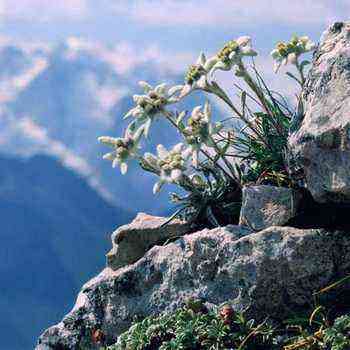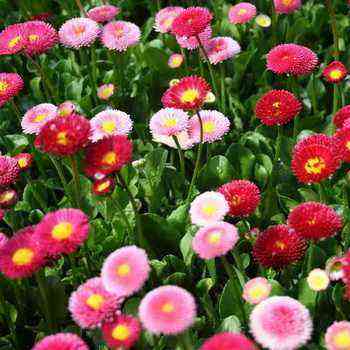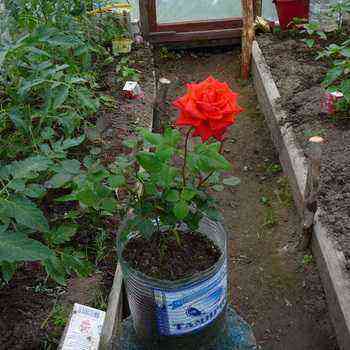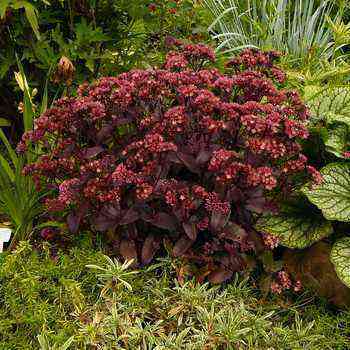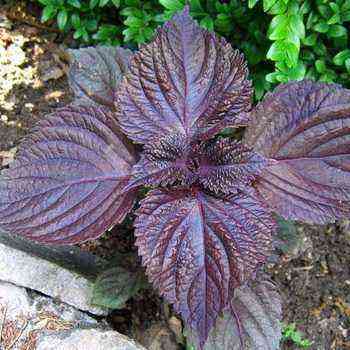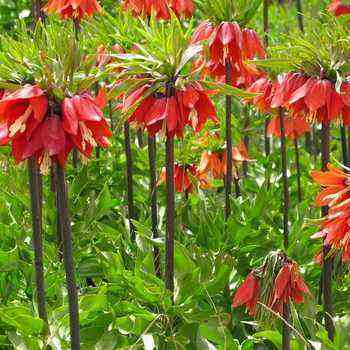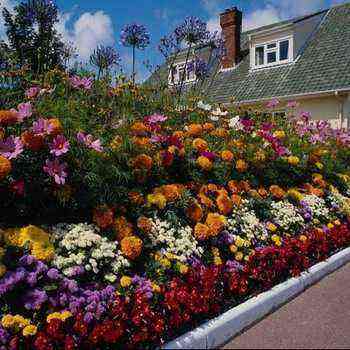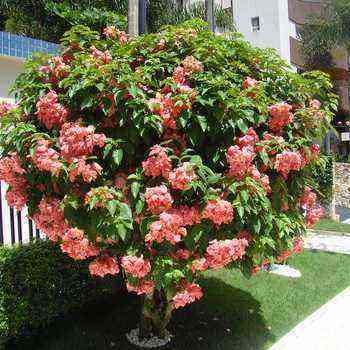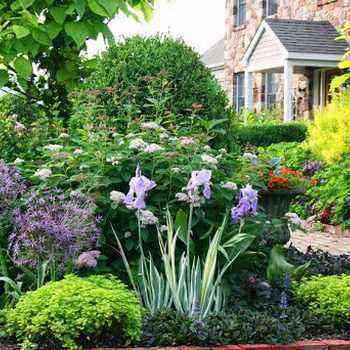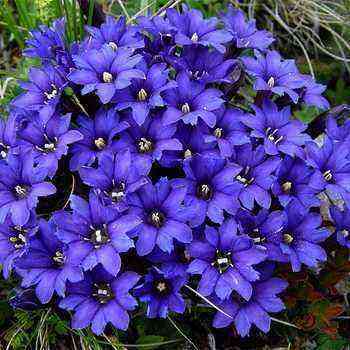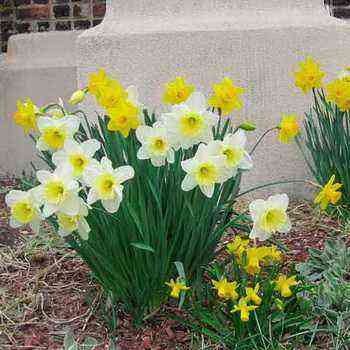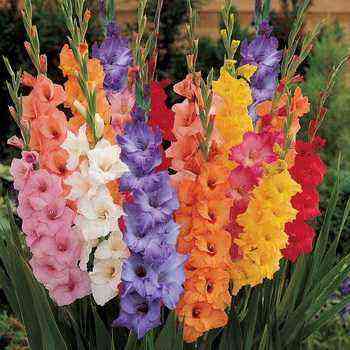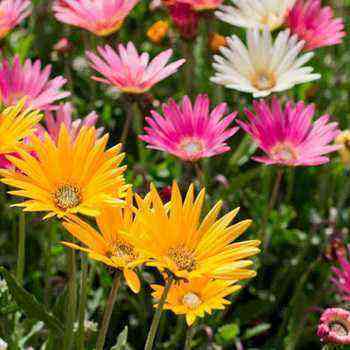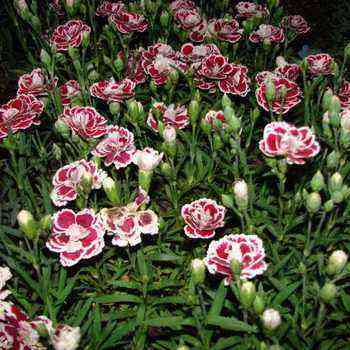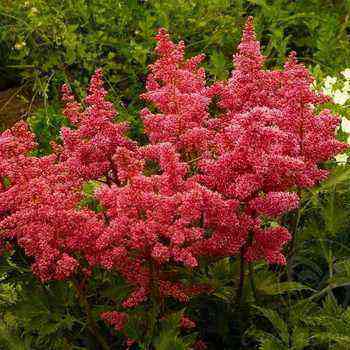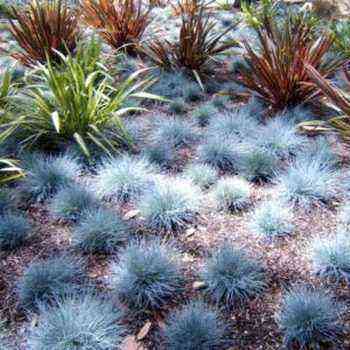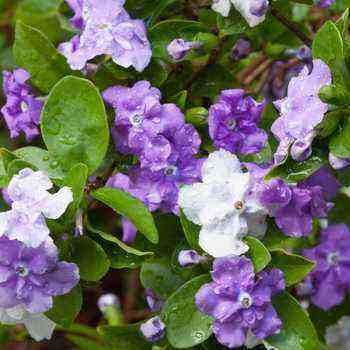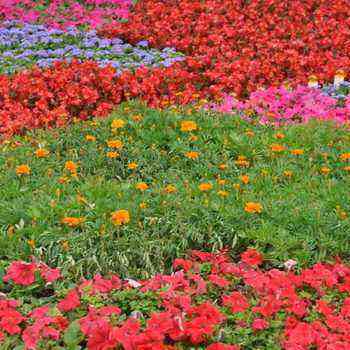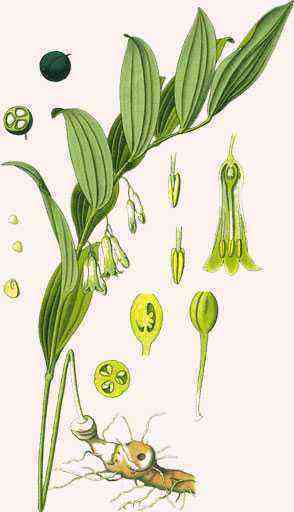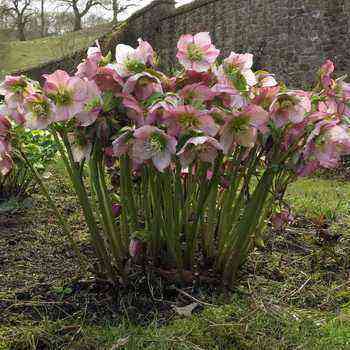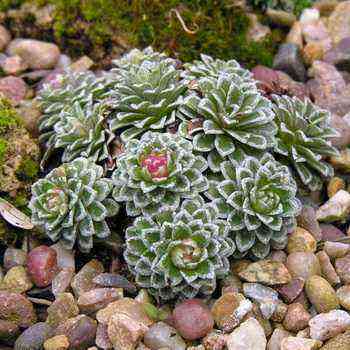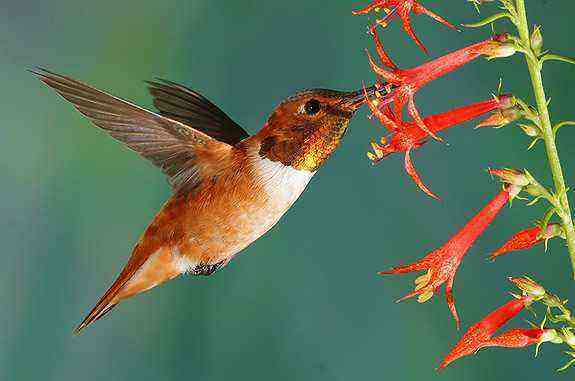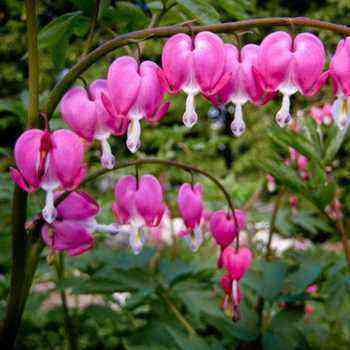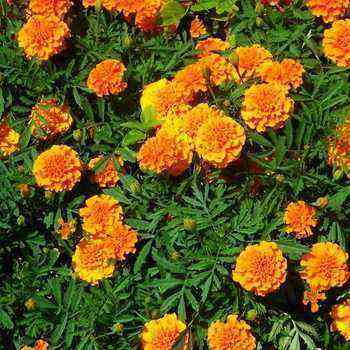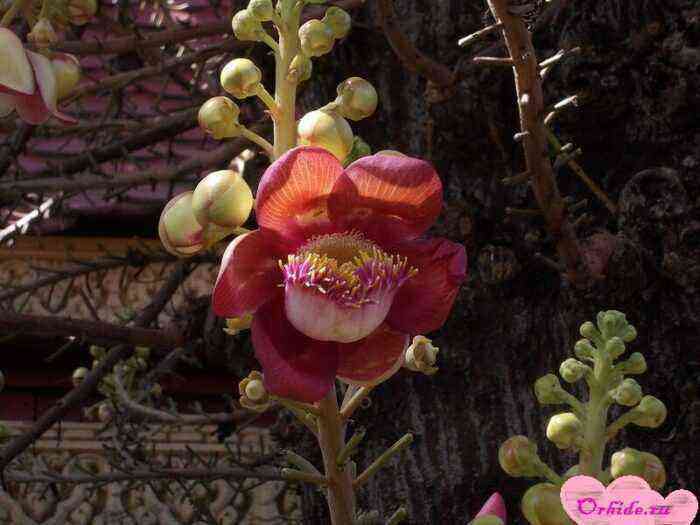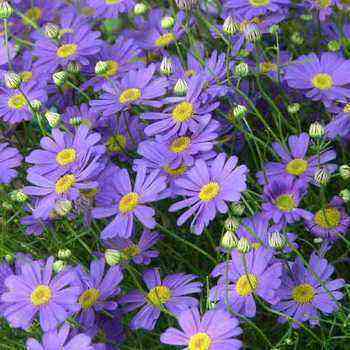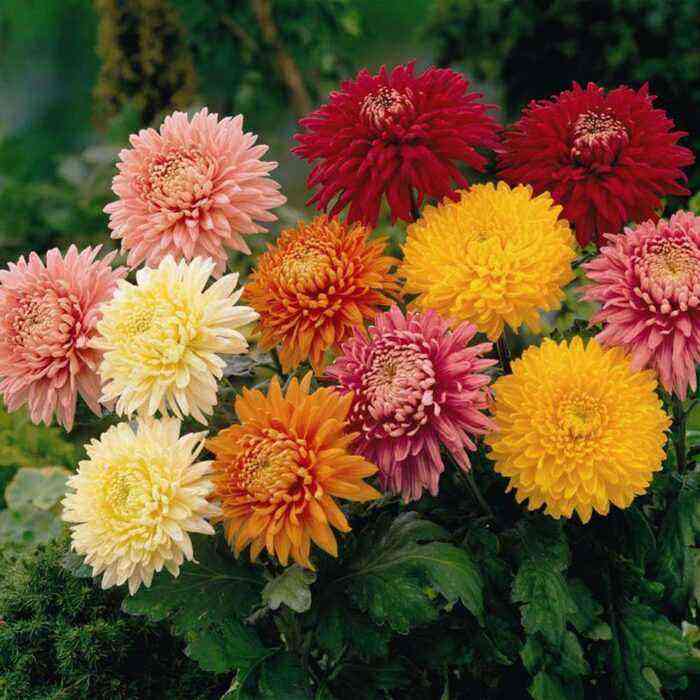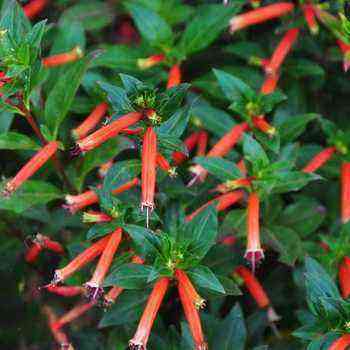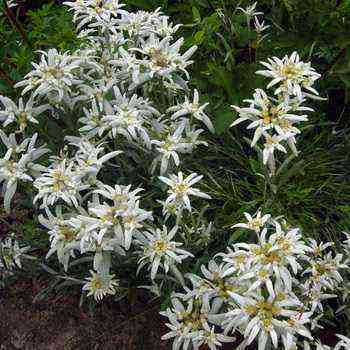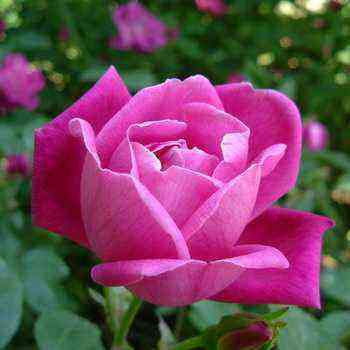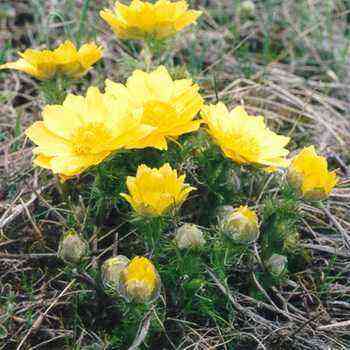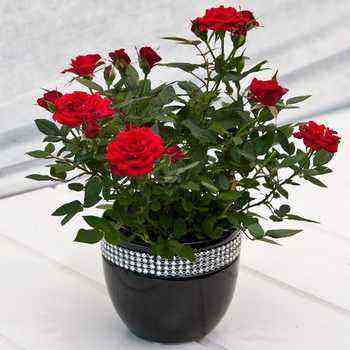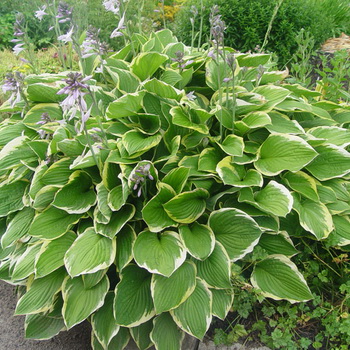 This is a perennial herb, its other name Funkia, belongs to the Asparagus family. A moisture-loving plant, native to East Asia, grows naturally on mountain slopes and in humid forests.
This is a perennial herb, its other name Funkia, belongs to the Asparagus family. A moisture-loving plant, native to East Asia, grows naturally on mountain slopes and in humid forests.
The Japanese call this plant sacred and prepare culinary dishes from its stalks.
In our country, many do not know what a hosta plant looks like. It is famous not so much for its flowers as for its lush, varied leaves. This unpretentious plant can grow for a long time without transplanting, both in sunny areas and in the shade, calmly tolerates both droughts and frosts.
A five-year-old plant is already considered an adult, is actively growing and looks very beautiful.
Gone are the days when hosts were planted in boring gray tracts against a background of blue spruce trees. Look at the photo of how luxurious the Hosta looks like – a garden decoration, the most popular and fashionable plant, which literally all flower growers hunt for:
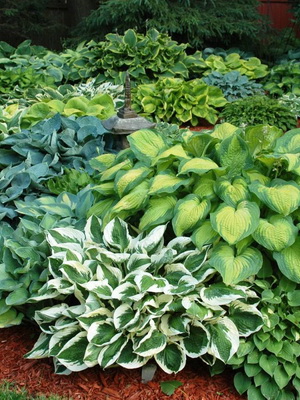
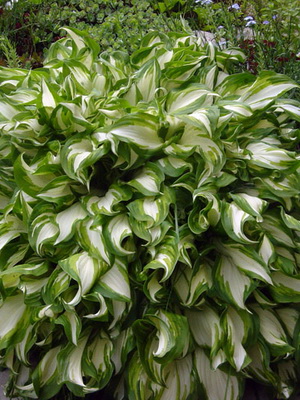
Surprisingly, the abundance of these plants only makes the garden more beautiful. This is a truly versatile plant. With a fantastic variety of color and texture of leaves, varieties are perfectly combined not only with each other, but also with most garden plants. In the shade with ferns, sedges, primroses, mountain goats, heucheras, hellebores and violets, in the sun with roses, irises, geraniums, cuffs.
Hosta plant: how to plant and grow properly
In a time of practicality, when all gardeners strive to create gardens that require a minimum of maintenance, choosing a hosta and growing it has become a popular trend. They are also fantastically unpretentious. This is a wonderful plant for lazy gardeners who do not have the opportunity to spend a lot of energy on the garden. The host is able to adapt to any growing conditions, it can be planted under trees and in flower beds, in a lit place and in the shade. Lush bright bushes will adorn even the most sophisticated garden.
When growing hosta bushes in the open field, there are no special requirements for the condition of the soil. However, it is worth giving preference to humus loams. Moistening should be sufficient, however, care must be taken that the water does not stagnate, and the process of root rotting does not begin.
If the hosta is planted in open ground with a sandy component for cultivation and care, then it probably will not be able to grow there. It is necessary to regularly apply mineral fertilizers and pour some of the fertile soil into the hole before planting.
If we talk about optimal conditions, then this is partial shade, coolness, rather heavy nutrient soil with a slightly acidic reaction, always moist, but without stagnant water.


To understand how to grow a beautiful host, you need to know one more feature of it. If the bush has dark leaves, without light blotches, then it should definitely be planted in a shady place. Conversely, the more light blotches a leaf has, the more sunny place the bush needs to be.
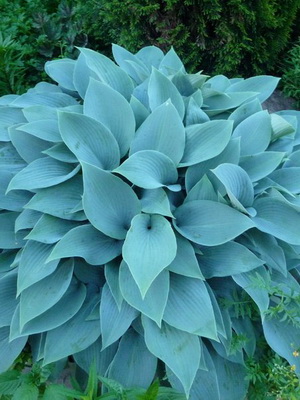
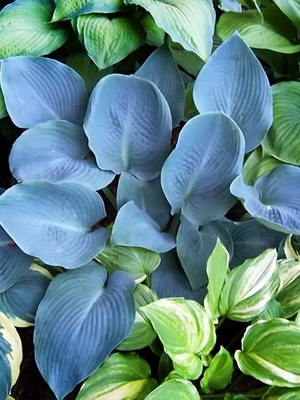
So, “blue” – it is better to plant in the shade, where they retain their color longer, and yellow, on the contrary – in the sun.
For the successful practice of planting and breeding a plant, it is worth highlighting a few tips from experienced gardeners:
- in the first years after planting, the plant may not have pronounced signs of the species, such as multi-colored leaves. This is due to the slow growth rate, and only after 3-4 years it will be possible to fully enjoy the beauty of the plant;
- since it is not difficult to care for a planted host, all procedures are reduced to: weeding, loosening the soil, watering and applying fertilizers. You can limit yourself to just watering, although, of course, with care, the hosts grow faster and look better;
- ordinary cow dung can be used for feeding, but you do not need to use it for very young plants;
- for wintering, you do not need to create special conditions, it is enough just not to remove the fallen leaves, it will protect the plant from freezing.
When the hosta has taken root and has taken root, it can grow in one place for many years, without requiring additional fertilizing, loosening, watering, etc. But, of course, there are some nuances.
Host species and varieties: photo, name and description of plants
Despite the beautiful flowers, the leaves are the main decoration of the plant. The leaves are distinguished by a variety of colors: with white, yellow, blue and purple stripes and blotches. The leaves are glossy and matte, smooth and textured, but still the plant is difficult to confuse with any other. The height of the bushes can also vary significantly – from 30 to 125 centimeters.
Popular types of plants that can be found in the design of flower beds:
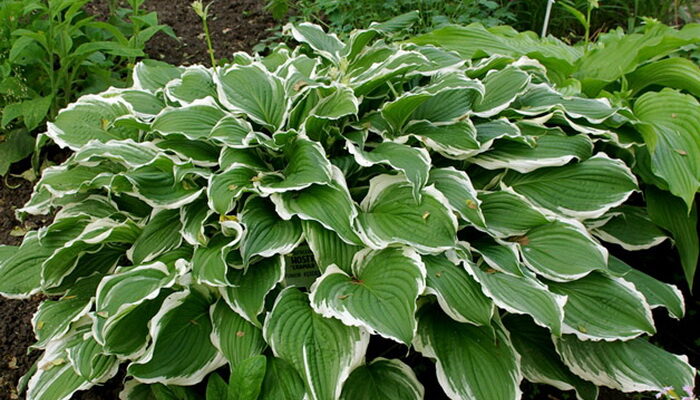
Pay attention to the photo of the hosta species Curly , it has rather wide leaves of rich green color framed by a white border. The height of the shrubs reaches more than half a meter.
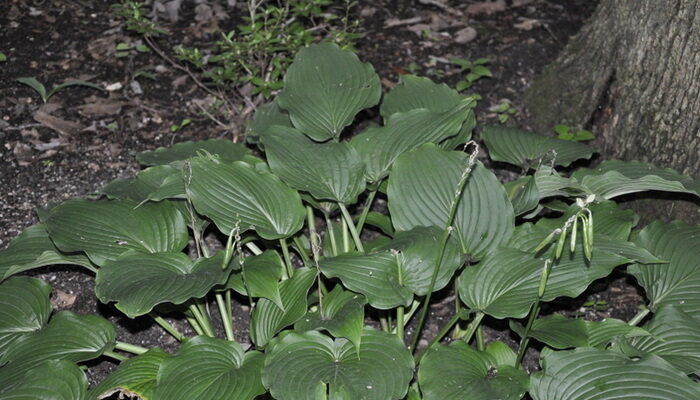
Hosta elata (high) – this type of hosta got its name because of tall bushes and long leaves, all varieties with long-petiolized leaves with depressed veins, light purple in color. It blooms in early summer, bears fruit regularly.
Hybrid hosts are varieties and types of plants that are often found in gardens. Look at the photos of these species with names, their unusual color will certainly decorate any front garden:
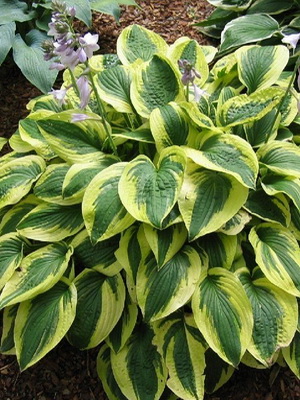

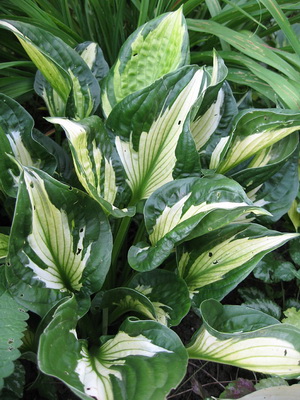

Due to the variety of host species and varieties, the plant is widely used in landscape design, to decorate parks and gardens.
Thanks to the work of breeders, more than 4 thousand host varieties have now been bred. It is worth considering the description of the most popular varieties in more detail:
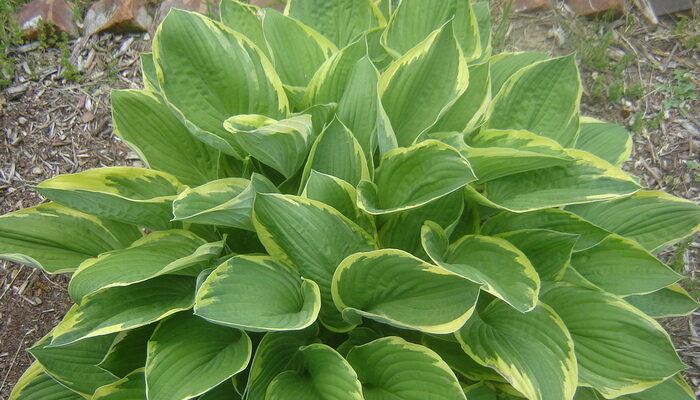
Variety – hosta Fortune , look at it in the photo, a description of its features are leaves with a beige border and tall stems.
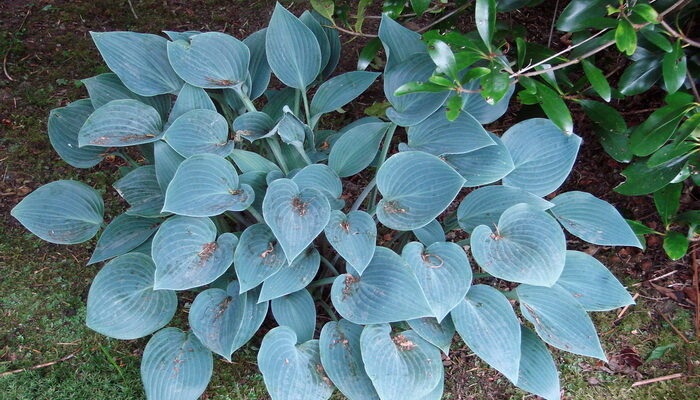
Blue Cadet is a fast growing hosta variety, shown in the photo, and the name speaks for itself – it has rounded leaves of blue-green color.
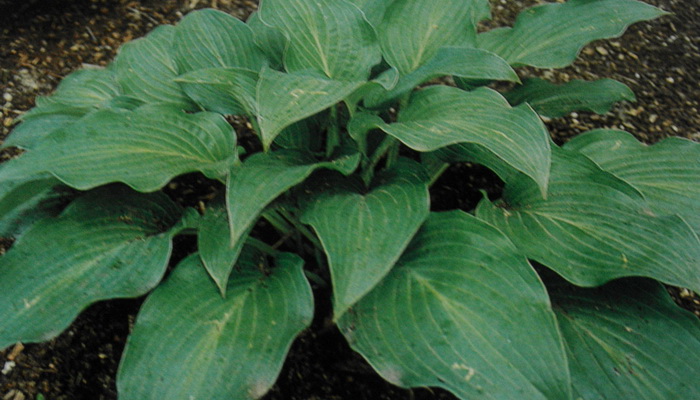
Blue Lady – this is the name of this hosta variety with medium-sized blue-green leaves, received because of the heart-shaped leaf of fragile size and elegant ribbed texture.
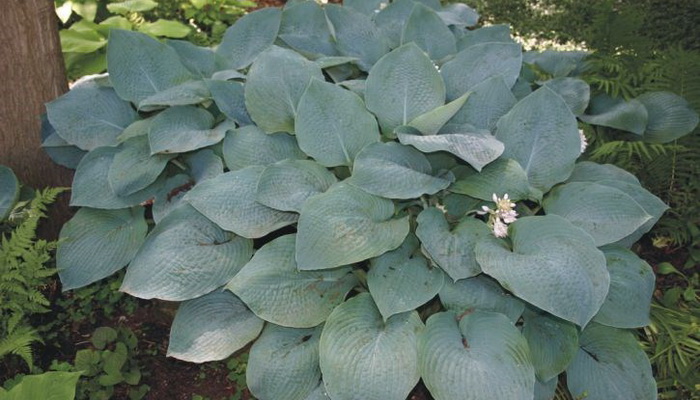
Big Mama is a plant from the giant host species, the characteristic of the variety is the large round blue leaves. Likes to grow in shady places.
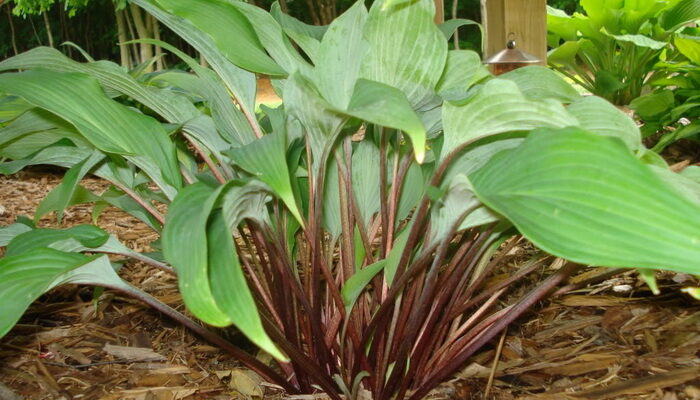
October of Red (Red October) – look at the photo with this sort hosts, it leaves stalks look very impressive – they are reddish in color.
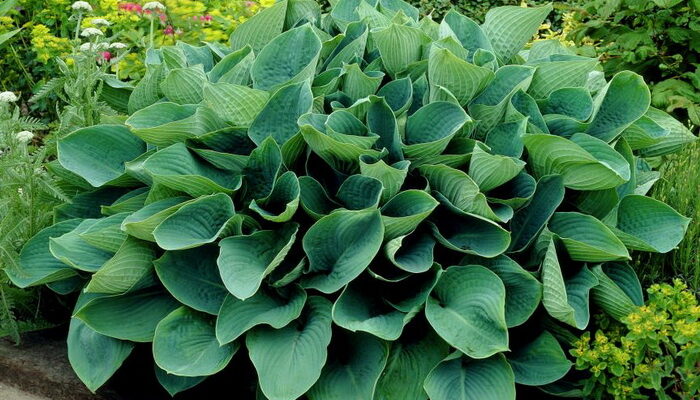
The hosta of the Elegance variety of the Hosta Siebold species is shown in the photo, it is characterized by pointed wide leaves of a gray-blue color, has multi-flowered inflorescences, flowers – from white to purple.
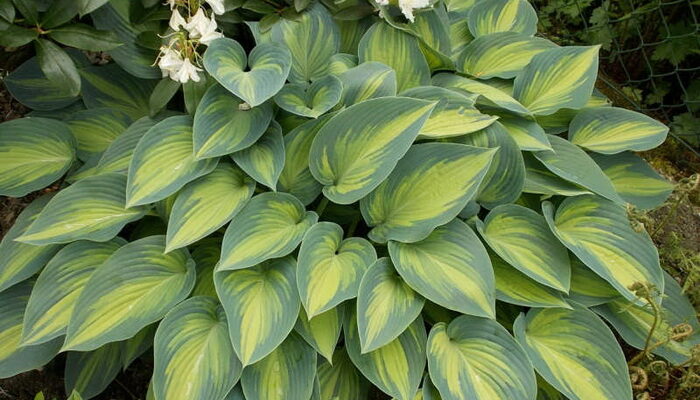
June is the name of a rather interesting hosta variety, and just look at the photo with a plant, the color of the leaves of which can change several times per season from yellow-green to blue-light green.
Thanks to the variety of varieties and types of hosts with a wide variety of names, you can create a unique garden design.
Hosts are divided into groups according to different characteristics, for example, by size, bush shape, leaf color and shape, flowering time. But the determining factor is still information on a specific variety, since belonging to one of the groups does not say anything about other characteristics.
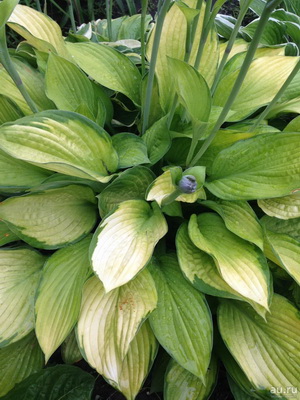
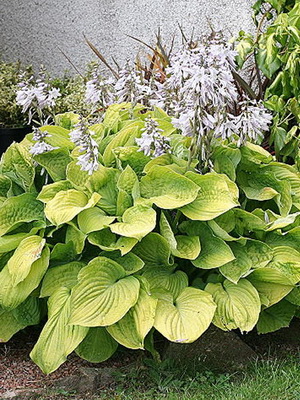
So, there are yellow-leaved varieties for shade and for sunny places, and miniature hosts can be both spreading and with leaves directed upward.

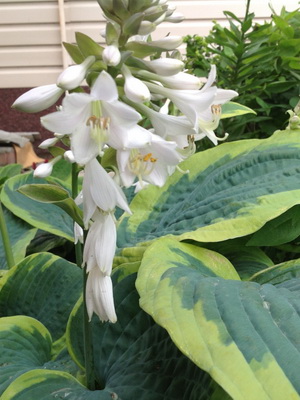
The host breeders did not pay attention to the flowering of the host for a long time, the leaves are so attractive and good. Although foliage is considered the main advantage, extraordinary inflorescences are also a wonderful decoration.
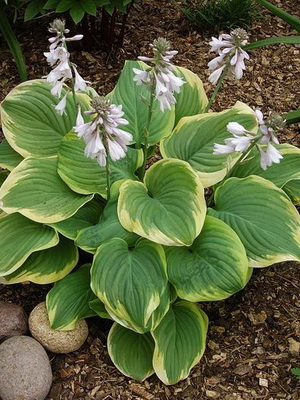

Now everything has changed: double, bright, large and fragrant flowers have become the goal of hybridization. Flowers come in a variety of colors – from flawless white and cold blue to rich lilac color. Unfortunately, new fashion items do not always show their best qualities.
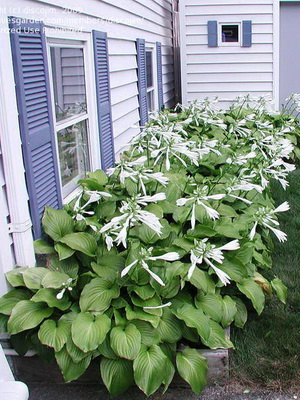

For example, the terry variety ‘Aphrodite’ in our climate does not manage to bloom – not enough warm days.
Hosta breeding methods: how to plant a plant by dividing a bush
Due to its unpretentiousness, the hosta easily tolerates planting, reproduction and transplanting. Caring for her is not at all difficult. There are three main ways of plant propagation;
- dividing the bush;
- cuttings;
- seminal.
In order to understand how to propagate the hosta by the method of division, it should be noted that the division of a bush in a plant that has not reached its peak of development is undesirable. Such an action can stop its growth and development.
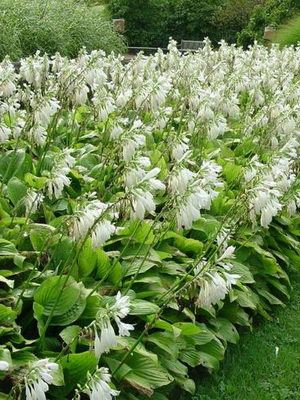
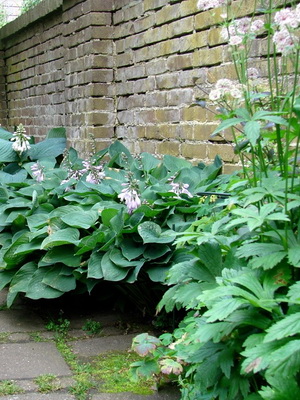
Therefore, you need to choose mature plants 4-5 years old.
Another feature is that it grows rather quickly. Therefore, along with the questions of reproduction, the question arises of how to plant it. It is easy for the host to share. When you want to get a lot of parcels, the bush is dug up, the roots are washed and the necessary “portions” are cut off with a knife. A suitable time for this procedure is early spring or September.

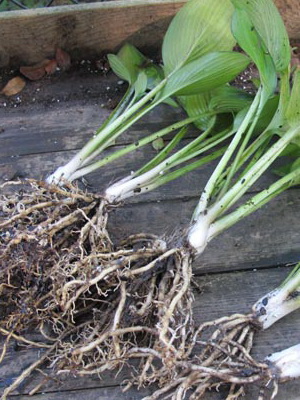
However, the uniqueness of this flower is that its rhizome can be successfully divided throughout the season.
Sometimes by mistake they cut off a part of a bush without a root, but with a “heel”. Such cuttings are also viable, you just need to leave them in water to grow roots. Reproduction of hosts by dividing the mother bush is the most effective way to propagate a plant, because the shoots already have roots and can quickly take root.
How to propagate hosta by cuttings
It is not necessary to have your own host plants for reproduction by division, because they may not yet reach the desired size. You can buy ready-made, specially grown cuttings.
Open-root hosts go on sale in the spring. When buying, take a good look at the roots and kidney. The acquisition should be abandoned if the roots are severely cut, rotted, lost turgor, and the bud is soft.
Before planting, you need to store the host roots in the refrigerator, at a temperature slightly above zero, after covering it with peat or sphagnum and putting it in a bag.
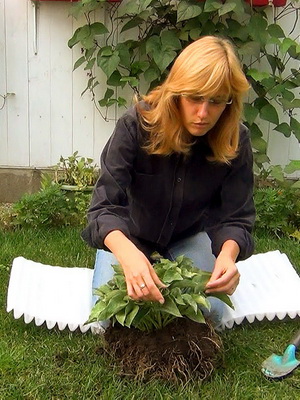
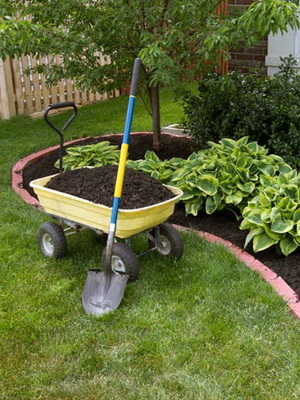
In May, the plant can be planted in a permanent place. It is better to choose a place for landing that is illuminated, but at the same time, protected from direct sunlight. If you plant it in a place that is too shaded, then it will grow very slowly. However, the castings in this case will reach the maximum possible size.
Flower planting algorithm:
- for planting, a hole is prepared a little larger than the root system of the plant;
- peat, humus, sand are added to the planting pit;
- the pit is half filled with soil and spilled with water;
- the roots of the seedling are spread over the soil surface and sprinkled with earth;
- the hosts are planted so that the root collar is buried by about 2 cm. Water well.
It is very easy to propagate the hosta flower using the cuttings method. For planting and care, the cutting is cut from a growing bush of an adult plant.
This is convenient from the point of view that you do not need to think about how to transplant the host after cutting off the cuttings. However, often, because the stems are dense enough, it can be difficult to separate the cuttings.
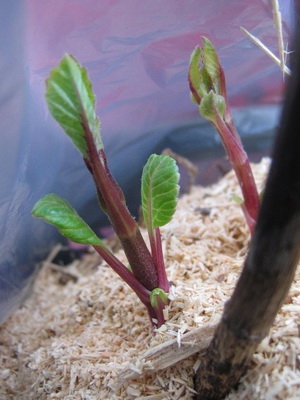

Since the stalk has no roots, the hosta needs to grow roots to plant it properly. To do this, the shoot is freed from almost all the leaves and is placed in a greenhouse or simply in a container with water.
The better the roots grow, the faster the rooting of the plant will take place.
Watch a video on how hosta cuttings should be planted and the subsequent care of the plant:
How to transplant a hosta and how to care for a plant
You can find plant seeds on sale in envelopes with bright pictures. Before planting hosta seeds, keep in mind that during seed reproduction, there can be no question of any sort. The plants will most likely be green. In addition, host seeds are difficult to germinate and seedlings develop slowly.
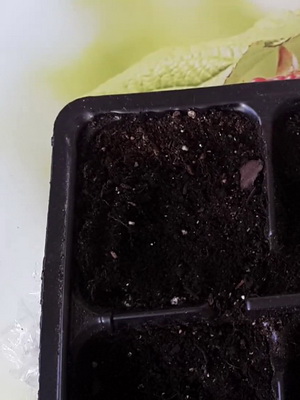
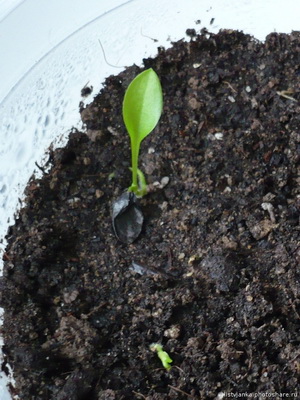
Sowing seeds should be carried out in the cold season, then the seedlings will sprout in the spring. The decorative effect from the plant can be obtained no earlier than 5 years of age.
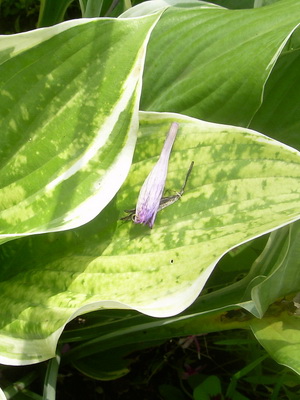
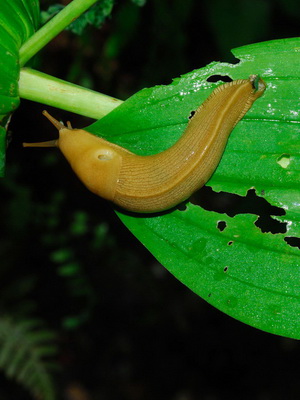
Hosts hardly get sick, they are rarely visited by pests.
The exception is slugs, which spoil the appearance of plants by gnawing through the leaves. In one night, they are able to gnaw a significant amount of green leaves. Fighting slugs is quite simple, especially if you sprinkle metaldehyde preparations between the plants in advance.
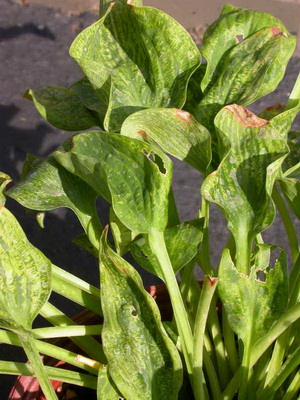
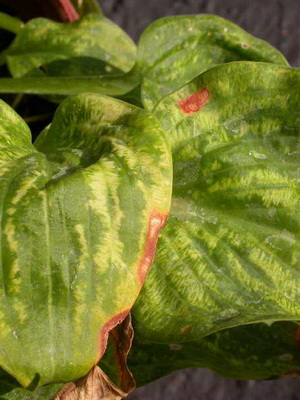
Host virus is a serious problem. The insidiousness of the virus is that its manifestations are many-sided. It can be a pretty speck on the leaf, and an unnatural pallor, spilled over the veins. The virus is transmitted with plant sap; there is no antidote for it. Diseased plants have to be dug up and destroyed.
Another insidious pest is the stem nematode. It infects plant leaves, leaving unsightly black streaks on them. Such leaves should be destroyed, and the plant itself should be transplanted to another place. The roots are treated with potassium permanganate before planting.
If you plant a funkia in unfavorable soil with clay, where its roots do not have the ability to breathe, then it can become a victim of gray rot. The only way to get rid of this scourge is to transplant into favorable soil and loosen the earth.
With proper planting and proper care, the host rarely becomes infected with viral diseases.
What the host looks like in the garden (with photo)
In cozy gardens, where planting of hosts in the open field has become a habit, and gardening is not a hassle, a charming Asian woman decorates shady places. She is rightfully called the queen of the shadow, she is able to grow in places where other plants will not take root.
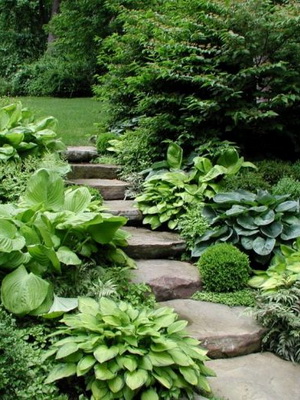
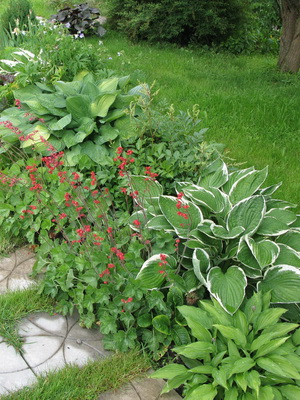
It is convenient to plant spring bulbs around large hosts. Hosts grow late, and primroses planted between the bushes enliven the planting view until lush greenery appears. Leaves that unfold in May cover the wilting bulbs.
Look at the photo of what juicy greens the hosta has with proper care and planting in the right place:
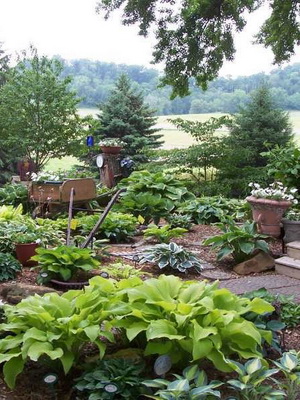

Options for using a flower in garden decor:
- it is good to decorate the feet of vertical supports, pillars and other not very aesthetic structures;
- creating borders from several layers of various plants;
- creating a background for other ornamental plants;
- filling empty spaces;
- decorating artificial reservoirs and fountains;
Planting single bushes at the bends of paths, on the lawn looks good.
It is very common to use these flowers for carpet planting in garden design. These shrubs not only serve as a decorative function, they also prevent the growth of weeds.

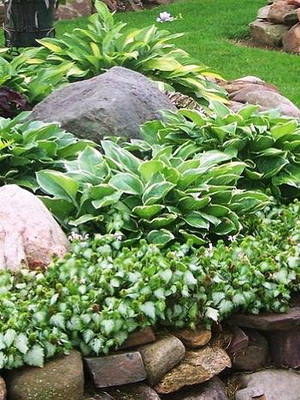
The combination with stones and snags looks good, so they will find their place in rock gardens and rockeries.
Just look at the photo of how the hosta flowers look when planted at the entrance to the garden. And the maintenance of such decorations remains minimal and therefore enjoyable.
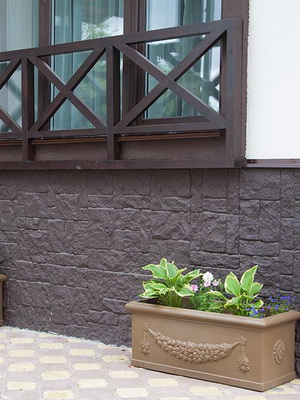
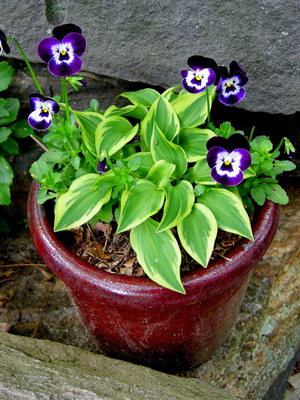
It is popular to grow funkii in flowerpots and decorative containers to decorate balconies, verandas and even apartments. Such flowers need frequent feeding and regular watering. When planting, the drainage layer must not be neglected.
If in this way you move plants for wintering from the garden to a warmer veranda, then this will have a beneficial effect on its development in the spring.
